 HOT
HOTTailkits UI
MCPBuild landing pages with AI
Discover Tailwind e-commerce components to build responsive online stores effortlessly. Choose from premium and free UI elements designed for developers.
 HOT
HOTBuild landing pages with AI
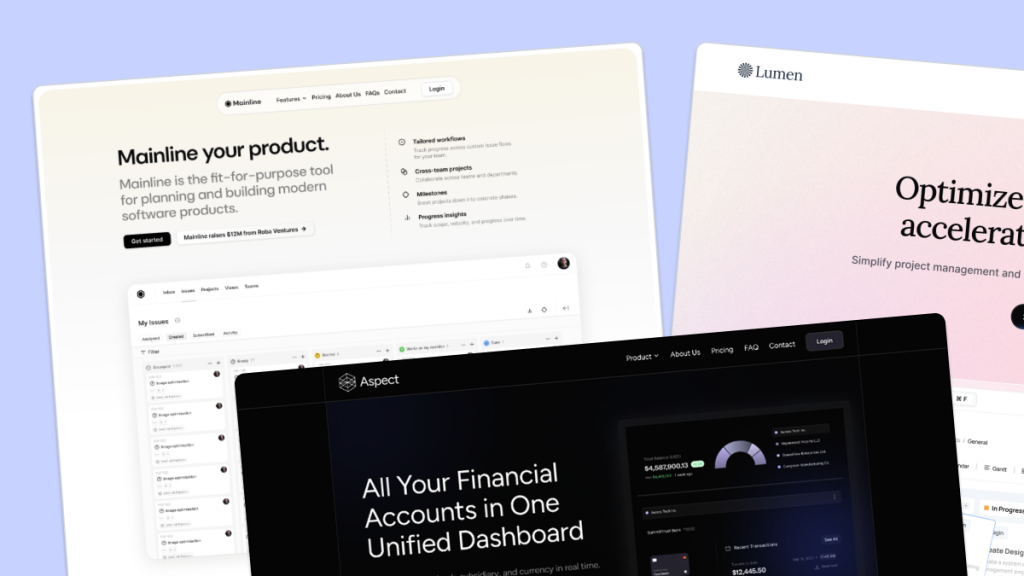 HOT
HOT959 Shadcn blocks & 10+ templates

500+ Tailwind Plus UI components
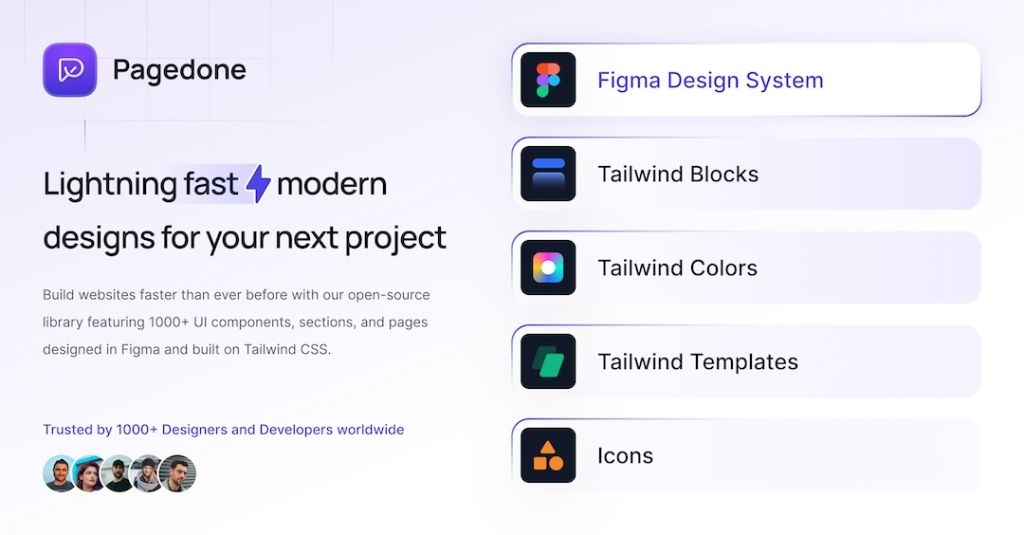
500+ Tailwind components with Figma file
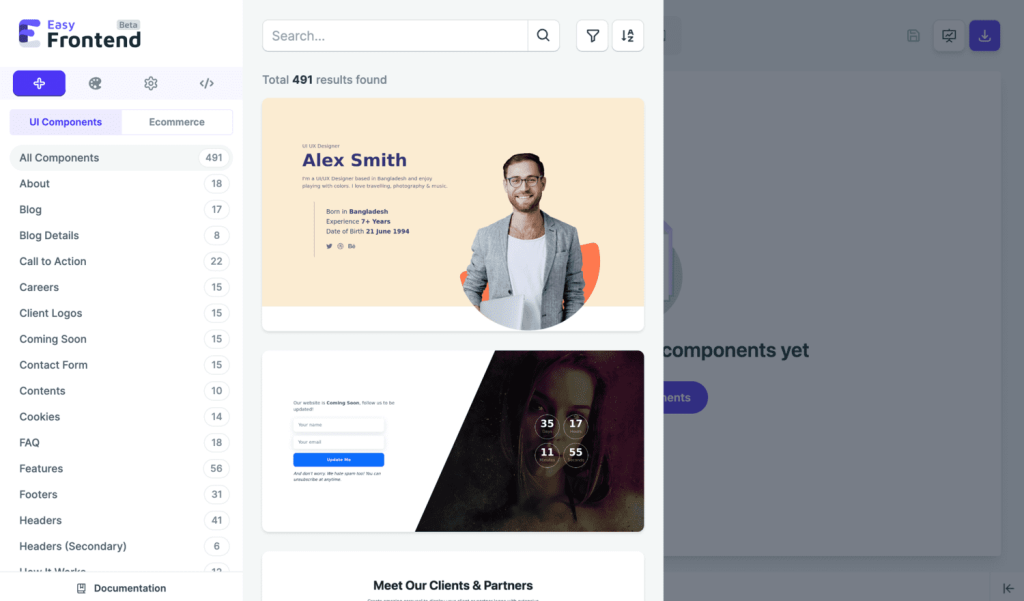
570+ Tailwind components with HTML, React
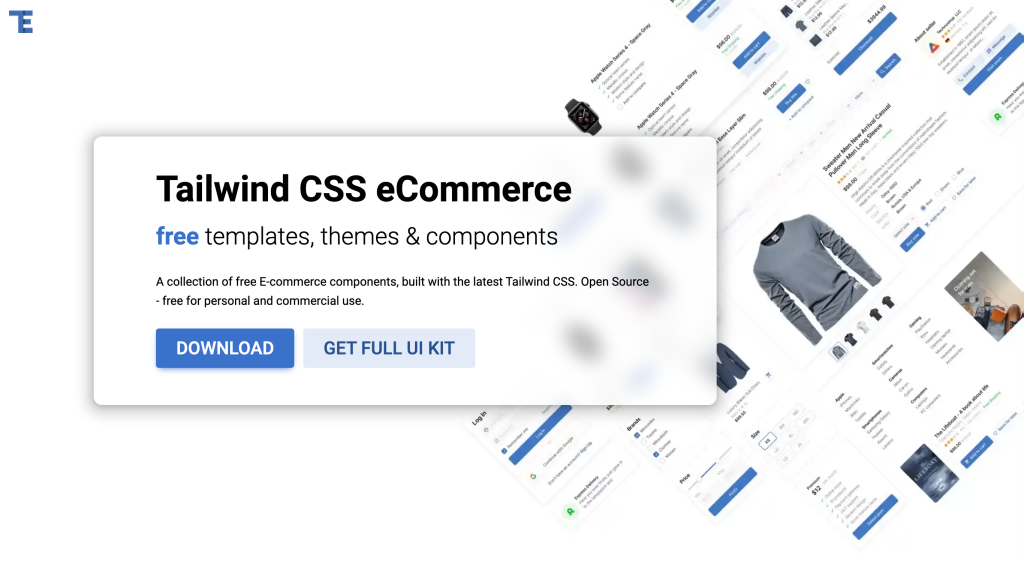
A collection of free Tailwind CSS eCommerce components
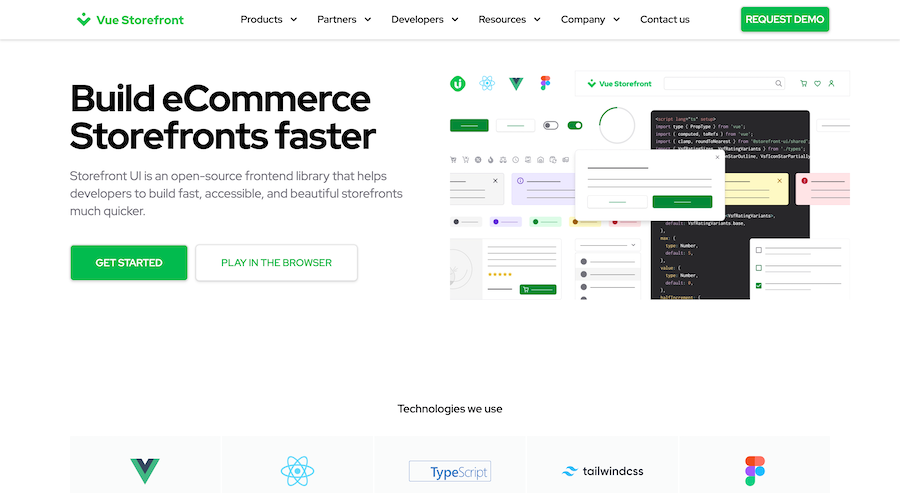
Open-source frontend library built with Tailwind CSS
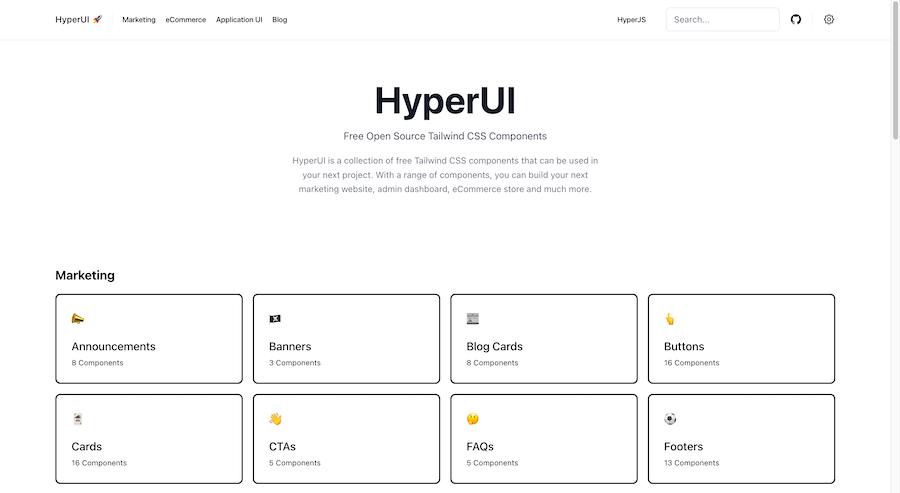
226 Free & Open Source Tailwind CSS Components
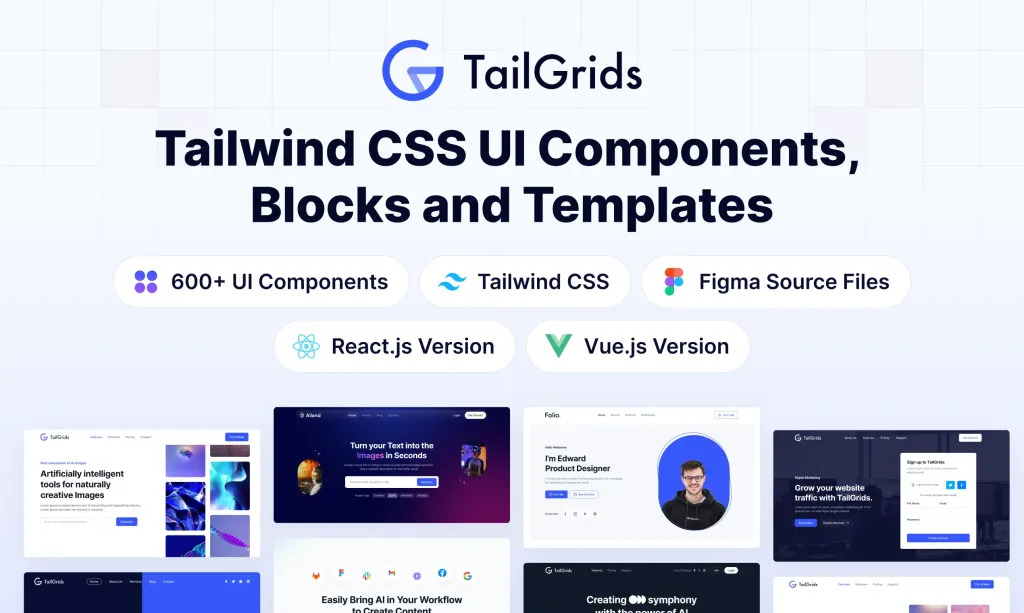
600+ TailGrids UI blocks for instant Tailwind designs
Best Tailwind components and elements to use on your web projects.
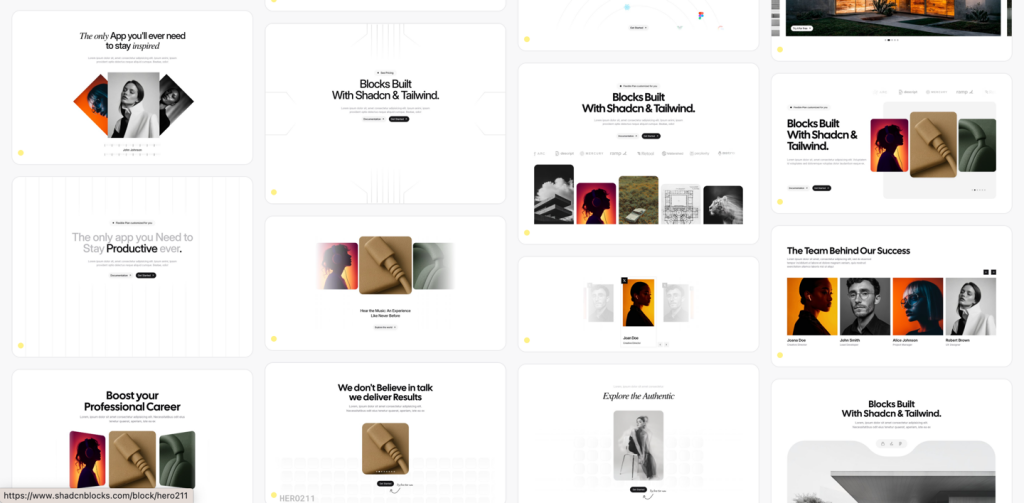 HOT
HOT959 shadcn/ui blocks for Tailwind
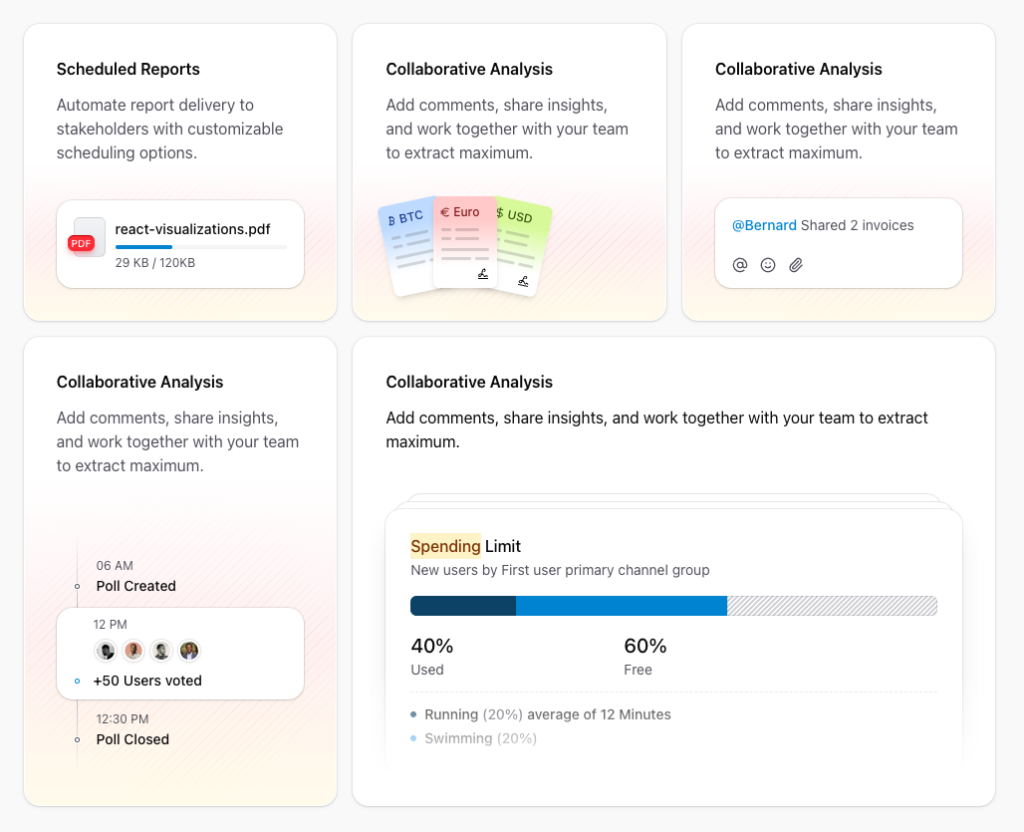
Free and premium Shadcn blocks

220+ Free & Premium Tailwind, Alpine.js components
Tailwind CSS is a game-changer for web developers who want to create beautiful designs quickly. Unlike traditional CSS frameworks, Tailwind provides low-level utility classes that let you build custom designs without the need for custom CSS. In e-commerce, where the user experience can make or break a sale, Tailwind's flexibility allows you to design a site that is both functional and visually appealing. With Tailwind, you can ensure that your site is responsive and elegant, providing a seamless experience for users on any device.
Why should you consider Tailwind E-Commerce components for your online store? Here are some compelling reasons:
Customization: Tailwind's utility-first framework allows for unparalleled customization. You can create a unique look that aligns with your brand identity.
Responsive Design: Tailwind makes it easy to build responsive designs that look great on any device, ensuring a positive user experience.
Efficiency: With Tailwind, you can speed up the development process, reducing the time it takes to go from concept to launch.
Community and Support: Tailwind has a vibrant community and extensive documentation, making it easier to find support and resources when you need them.
Tailkits offers a variety of components tailored for e-commerce sites. While we won't list specific products, here are some types of components you might find useful:
Navigation Bars: Ensure users can easily find what they're looking for with intuitive navigation.
Product Grids: Display your products in an organized and visually appealing manner.
Shopping Carts: Provide a seamless checkout experience with well-designed cart components.
Hero Sections: Capture attention with bold and beautiful hero sections that highlight your best products.
Selecting the right components can be daunting, but here are some tips to guide you:
Identify Your Needs: Start by understanding what features are essential for your store. Do you need a robust search function, or is a simple product display enough?
Consider Your Brand: Choose components that align with your brand's aesthetic and voice.
Prioritize User Experience: Always keep the user in mind. Choose components that enhance the user experience rather than complicate it.
Test Responsiveness: Ensure that the components you choose look great on all devices by testing them thoroughly.
Once you've selected your components, it's time to integrate them into your store. This process involves:
Installation: Begin by installing Tailwind CSS in your project. Follow the setup instructions provided in the documentation.
Customization: Use Tailwind's utility classes to customize your components to fit your design needs.
Testing: Test your site across different devices and browsers to ensure a consistent experience.
Optimization: Optimize your site for performance by purging unused CSS and minimizing load times.
A great design is more than just aesthetics; it's also about engaging users. Tailwind components can help you create interactive elements that draw users in and encourage them to explore. Consider incorporating:
Interactive Sliders: Showcase products with engaging sliders that users can swipe through.
Call-to-Action Buttons: Use bold, eye-catching buttons to guide users towards making a purchase or signing up for a newsletter.
Feedback Forms: Gather user feedback with well-designed forms that are easy to fill out.
Accessibility is a crucial aspect of web design, ensuring that all users, regardless of their abilities, can navigate and interact with your site. Tailwind components can be designed with accessibility in mind by:
Using Semantic HTML: Ensure that your components use semantic HTML elements, which help screen readers understand the content.
Providing Text Alternatives: Include
alternative text for images and icons, making sure that all visual elements are accessible to everyone.
Keyboard Navigation: Ensure that users can navigate your site using a keyboard, which is essential for those who rely on assistive technologies.
Color Contrast: Choose color schemes with sufficient contrast to ensure text is readable for users with visual impairments.
A fast-loading website is vital for user satisfaction and SEO. Tailwind's utility-first approach can help you optimize performance by:
Purging Unused CSS: Remove unused CSS classes from your production build to reduce file size and improve load times.
Lazy Loading Images: Implement lazy loading for images to ensure that only the images visible on the screen are loaded initially, saving bandwidth and speeding up the page.
Minification: Minify your HTML, CSS, and JavaScript files to reduce file size and improve load times.
Tailwind CSS is continuously evolving, with regular updates that bring new features and improvements. Staying up-to-date with these changes can help you maintain a cutting-edge design. Keep an eye on:
New Features: Tailwind often introduces new utility classes and features that can enhance your design capabilities.
Community Contributions: Explore community-driven plugins and components that can add new functionality to your site.
Documentation: Regularly check Tailwind's documentation for any changes or updates that may affect your project.
You can find answers for commonly asked questions about components.
You can customize Tailwind components by using its utility classes to adjust styles directly in your HTML. This approach allows for quick and easy modifications to suit your brand's unique look and feel.
Absolutely! Tailwind's responsive design capabilities ensure that your e-commerce site will look great on any device, providing a seamless experience for mobile users.
Yes, Tailwind components can be integrated with popular JavaScript frameworks like React, Vue, and Angular, allowing you to build dynamic and interactive e-commerce sites.